
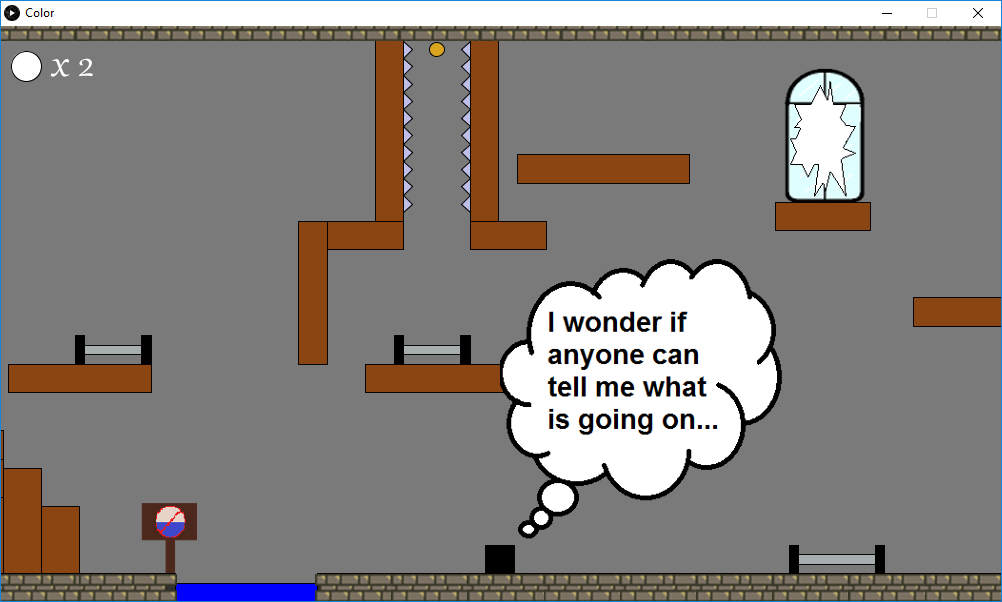
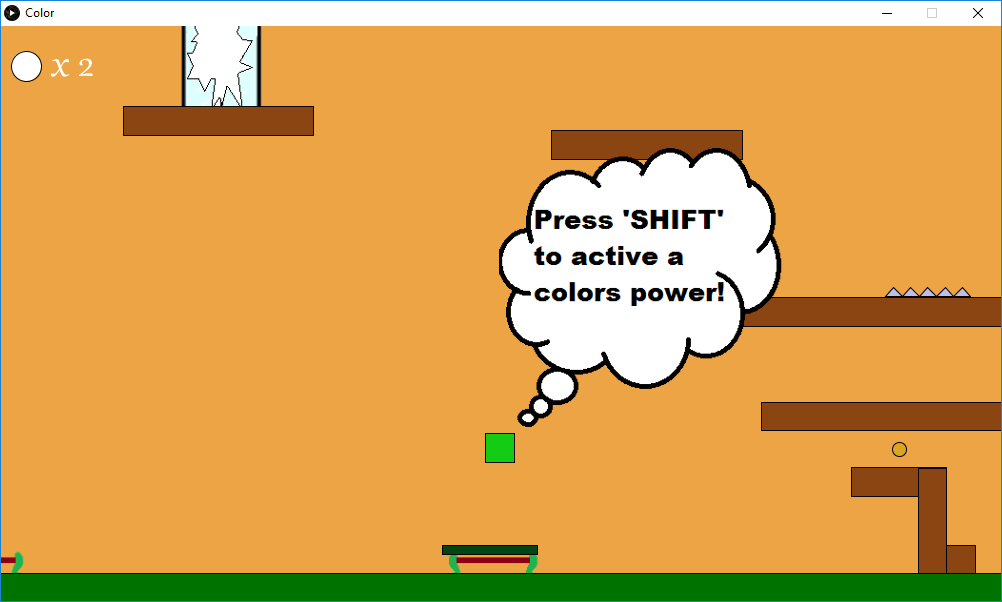
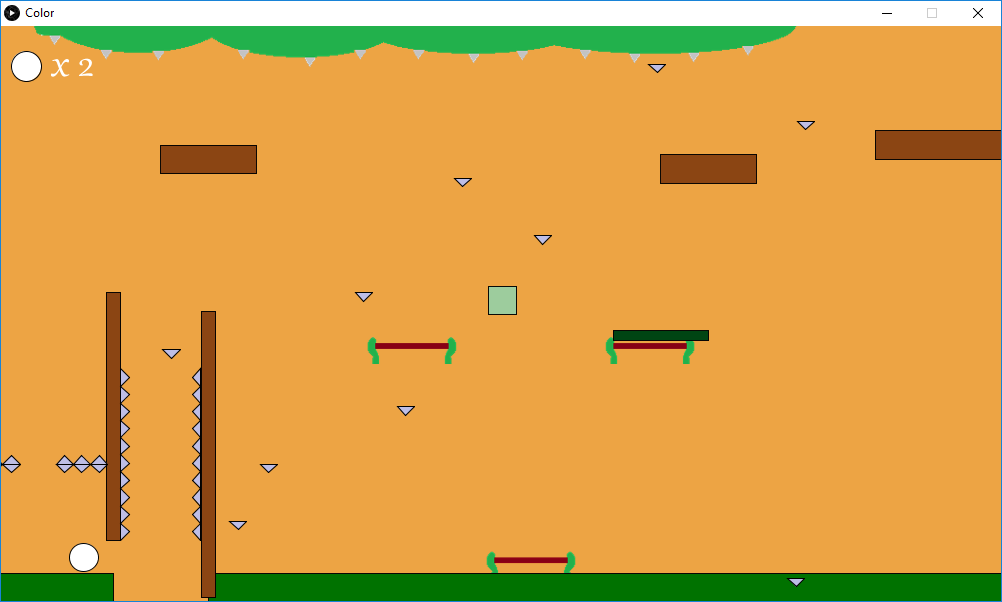



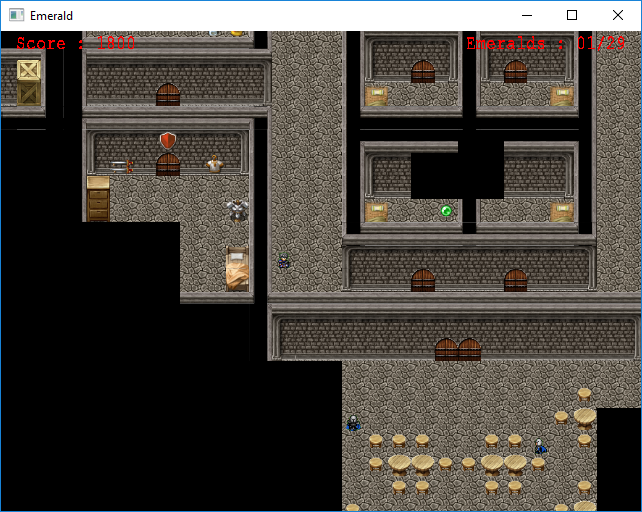
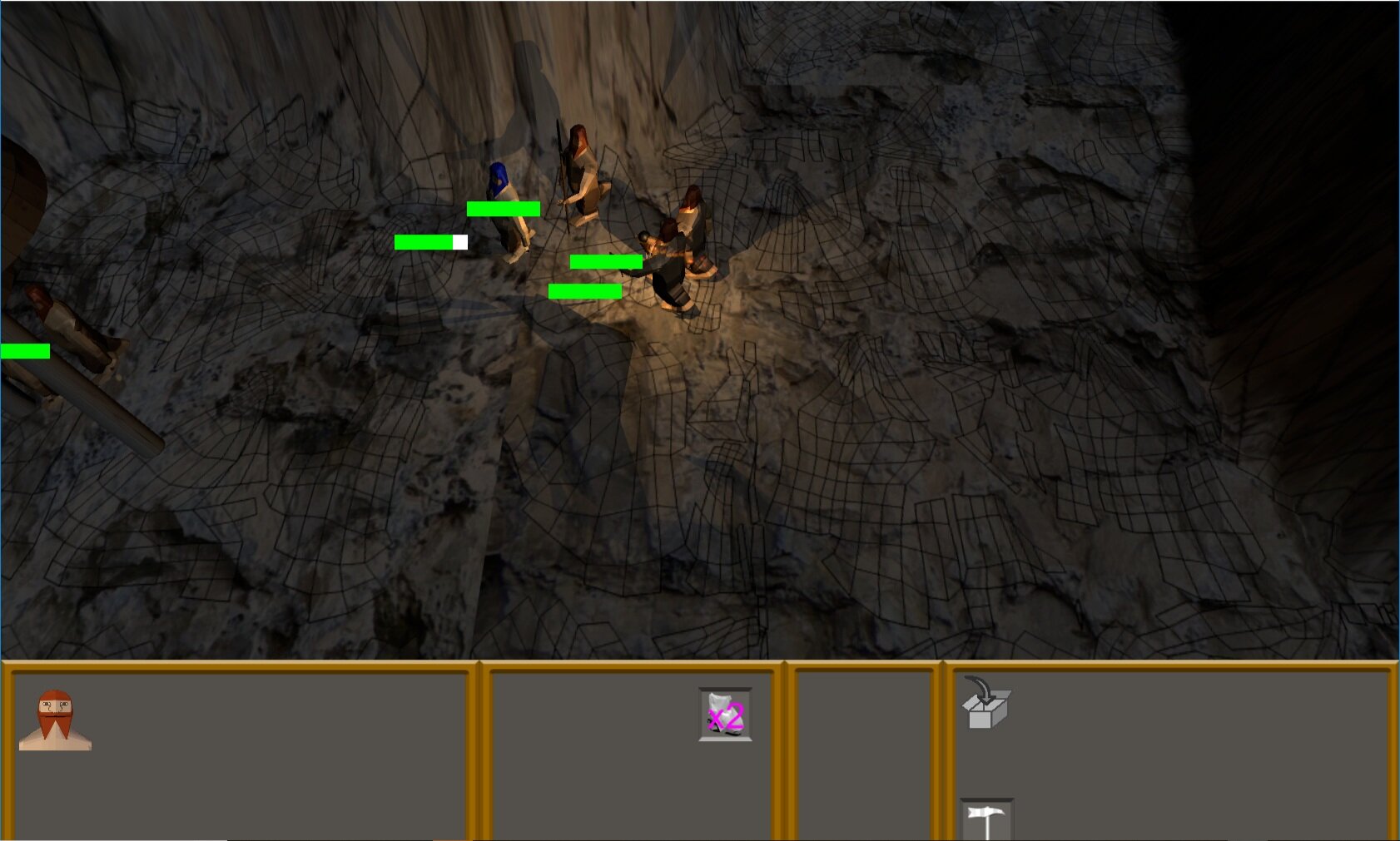
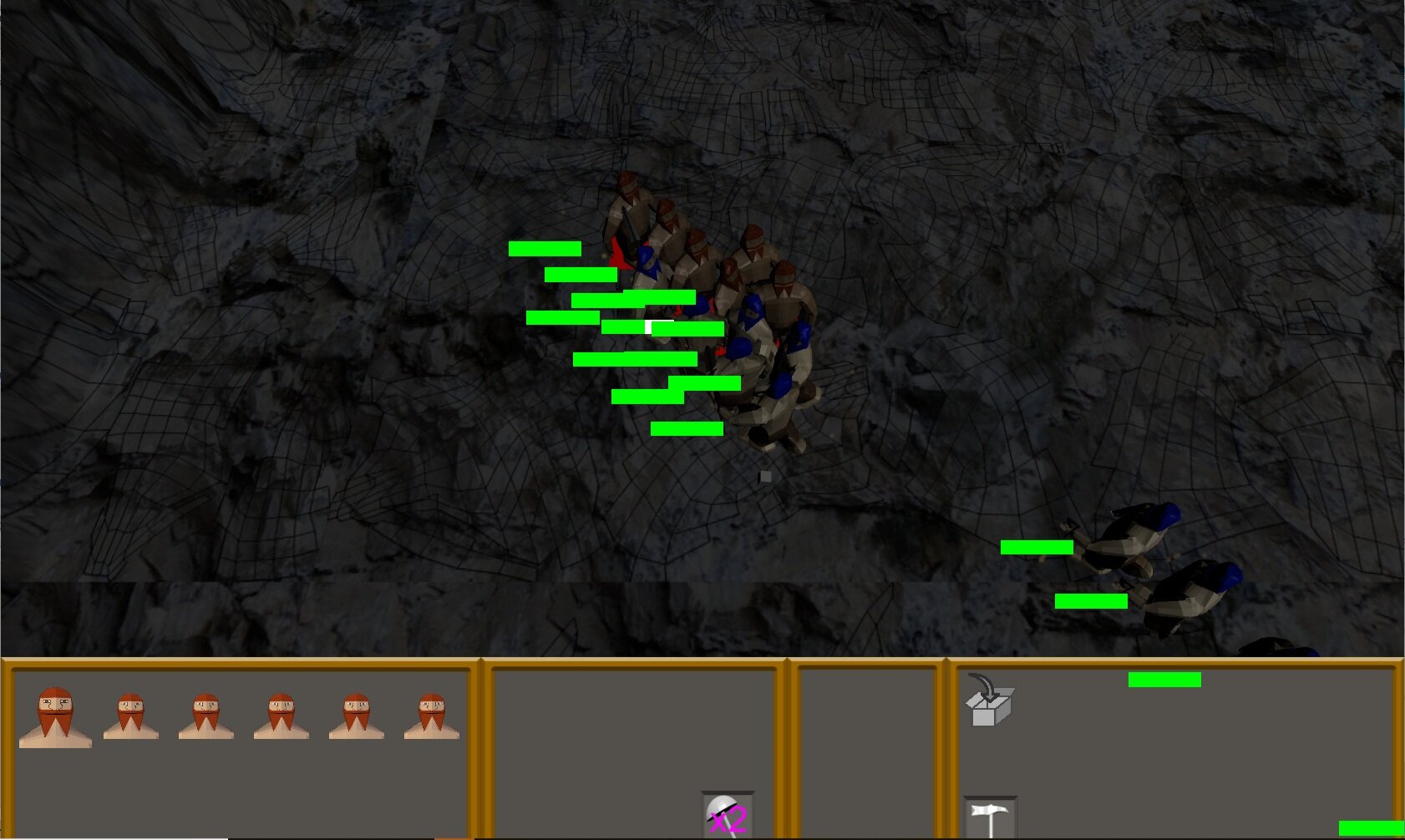







I’m a graduate student at Carleton University currently working on my thesis for my Master in Information Technology: Digital Media specialization in Data Science degree with Dr. Shawn Graham at XLab, a Virtual Cultural Heritage Informatics Lab at Carleton. I graduated from my undergrad in 2019 with a Bachelor’s of Computer Science, Honours in Game Development, Minor in Music.I have a desire to work in an environment that challenges myself in regards to design, creativity, or research.
I'm currently working on The Bone Trade Project as a research assistant at Carleton University’s XLab under the supervision of Dr. Graham of Carleton's Department of History. I was invited to the 2020 Underhill Undergraduate Colloquium, a showcase featuring noteworthy undergraduate researchers, to present my work regarding the application of computer vision for the analysis of crania of unknown providence as it relates to illegal trafficking online.
As of August 25th, 2020, my first authored academic publication titled “Towards a Method for Discerning Sources of Supply within the Human Remains Trade via Patterns of Visual Dissimilarity and Computer Vision” can be found in the Journal of Computer Applications in Archaeology (JCAA).
At the March 30th, 2021, Data Day 7.1 Conference, my research exploring automated identification of accessible building entrances using Open-Source data, titled "Towards evaluating the built-environment: a hybrid approach for identifying building entrance accessibility." was awarded first place as judged by a panel of 14 judges from industry and academia, https://newsroom.carleton.ca/story/data-day-7-1-ai-everything-smart/. We're currently considering submitting to a publication, details TBD.
In addition, I have a couple projects on-the-go regarding adaptive music and procedurally generated music in continued development on my GitHub. The adaptive music software allows for real-time modification of MIDI files to be able to perceive immediate changes in the music while the procedural music software generates music based on Lindenmayer-systems. The continued exploration of both projects is focused on investigating computer assisted/controlled music generation.
This website’s purpose is to act as a portfolio for employers and potential contacts.
BoneTrade Project Header Image from https://xlab.netlify.app/project/bonetrade/
Status: Ongoing Work-In-Progress
Development Platforms & Languages: Google Codelabs, Python, PyLab, PyTorch, Tensorflow
Currently working as a research assistant for The Bone Trade Project at XLab where I’ve most recently worked on a siamese neural network that uses one-shot learning to analyze human remains traded on social media platforms optimizing and implementing new functionality and training techniques. Currently this research is accompanied by an academic paper, titled “Towards a Method for Discerning Sources of Supply within the Human Remains Trade via Patterns of Visual Dissimilarity and Computer Vision”, publicized as of August 25th, 2020, in the Journal of Computer Applications in Archaeology (JCAA) as a co-author alongside Dr. Shawn Graham, Dr. Damien Huffer, & Dr. Andreas Angourakis. In 2020, I was invited to present our research and results at the Underhill Undergraduate Colloquium.

Early Character Concept Art Sketches by Peppercat
Status: Ongoing Work-In-Progress
Development Platforms & Languages: .NET, C#, Unity
Other credited contributors: Mohamed Abdelrahman, Peppercat
A tactical turn-based strategy game featuring squad based combat on a hex grid map. It is early on in development, but our intentions are to create combat that feels challenging but fair, a narrative focused characters and their relationships within the party, and elegantly interesting environments to explore and fight within. This project is in its early stages, and subject to change and evolve in the coming months.
Status: Ongoing Work-In-Progress, Alpha version finished in August of 2019
Development Platforms & Languages: .NET, C#
Target Platform(s): Currently Windows
This program is an application created to modify musical pieces in the MIDI file format. Accomplishing this, the application modifies the music during real-time playback from user defined actions on the user interface. The user can change attributes such as tempo, volume, velocity, key, and the musical mode of loaded .mid files and perceive an immediate reaction from the playing musical piece. It includes four presets for users to quickly see a sample of the program’s capabilities. These presets correspond to video game states, which provides a theme for each preset, and are set combinations of the five previously mentioned attributes.
Title Art by Brandon Jackson
Development Platforms & Languages: Unity, Visual Studio, C#
Other credited contributors: Brandon Jackson
Little Helper is a top-down rogue-lite game jam submission completed within 48 hours that sets the player character as a good samaritan looking to deliver a lost gift. The player character takes a shortcut through an abandoned Christmas market which proves to be dangerous as vengeful snowmen and nutcrackers attempt to stop the player from delivering the lost gift.
Development Platforms & Languages: Unity, Blendr, C#
Target Platforms: Windows
Other credited contributors: Cameron Gilroy
Abyss is a real-time strategy game that pits two players against one another; the red bearded dwarves versus the blue bearded dwarves. Units move in formation, collect resources repeatedly on command, and can be equipped with a variety of weaponry that is shown in the dwarven infantry’s hands. The players are spawned on a visibly dark cave-like map and need to bring light with their units to explore the tunnels to find and eliminate the enemy base.
Development Platforms & Languages: Java
Target Platforms: Windows, Android, & iOS
Other credited contributors: Nick Martino & Julian Hunt
A digital port of the multiplayer card game Ivanhoe that allows up to 5 players, or AI actors, to compete to win one tournament in each color in order to secure victory. In a clockwise turn order, the players and AI increase their tournament point total for that round until all possible cards have been played, in which the highest point total wins the that coloured tournament, or only one player remains in the tournament, in which they win that coloured tournament by default. The game can be played over a local network in real-time including the playing of special action cards which can trigger special effects on enemies or the player’s own cards.
Development Platforms & Languages: Java, Processing, C++, OpenGL
Target Platforms: Windows
Other credited contributors: Nick Martino, Cameron Gilroy, Maverick Mailhot, Game Maker for visual assets
Emerald is a 2D stealth adventure game created in Visual Studio using OpenGL with aid by an accompanying level designer programmed in Java. The level designer allows for placement of impassable objects, enemy patterns, and collectibles. The player must collect all the collectible emeralds in their heist attempt to win the game. Enemy guards with cone-shaped sight lines will reset progress if the player character comes into view.
Development Platforms & Languages: Java, Processing
Target Platforms: Windows & Browsers
Other credited contributors: Nick Martino & Abdulganiyu Yusufu
Color is a 2D platformer with an emphasis on simple physics based platforming where the player controls the physics enabled character, “Boxel”. Essentially, much of the obstacles and difficulty revolves around the momentum created by trampolines, icy surfaces, spinning the player box character into tight spaces, and using “Boxel”’s corners to catch edges just enough so as to platform into the next section. Color features several color based powers including freezing deadly water, using vine trampolines, and flying. The player goal requires the collection of all white orbs, while golden orbs offer optional platforming challenges rewarded with screens showing early level design and concept art.